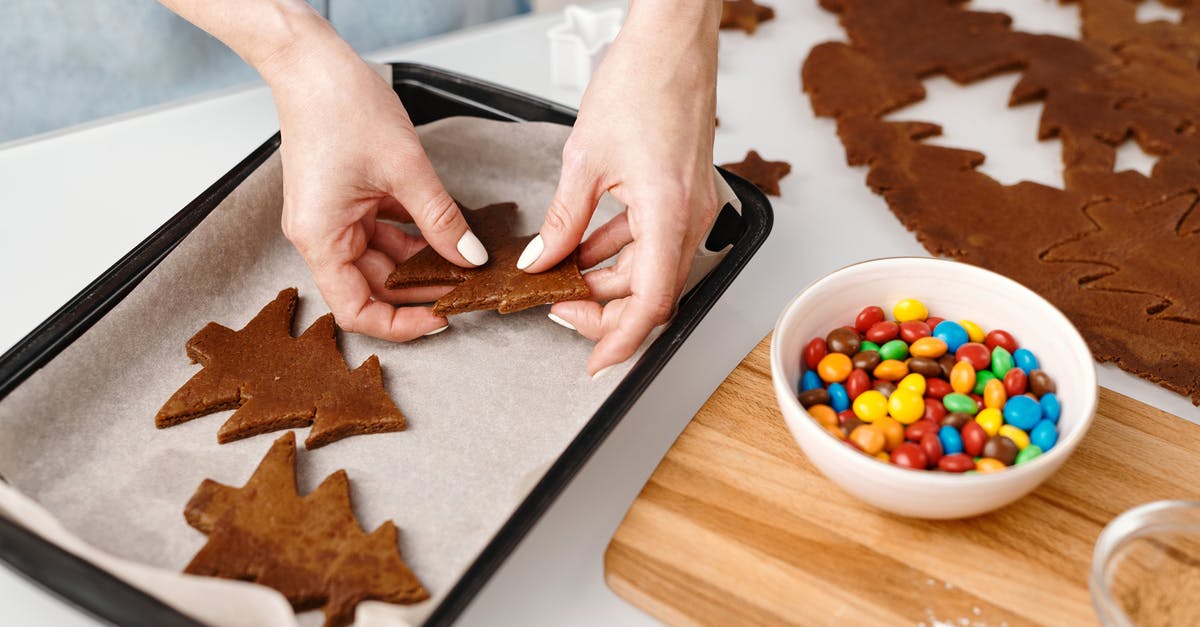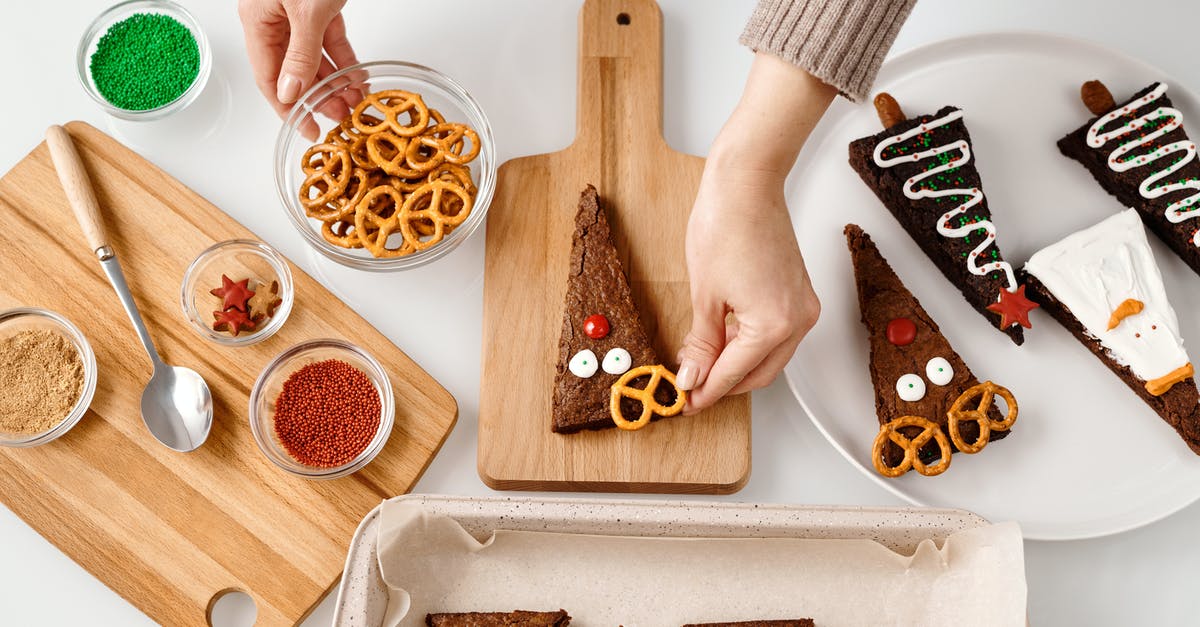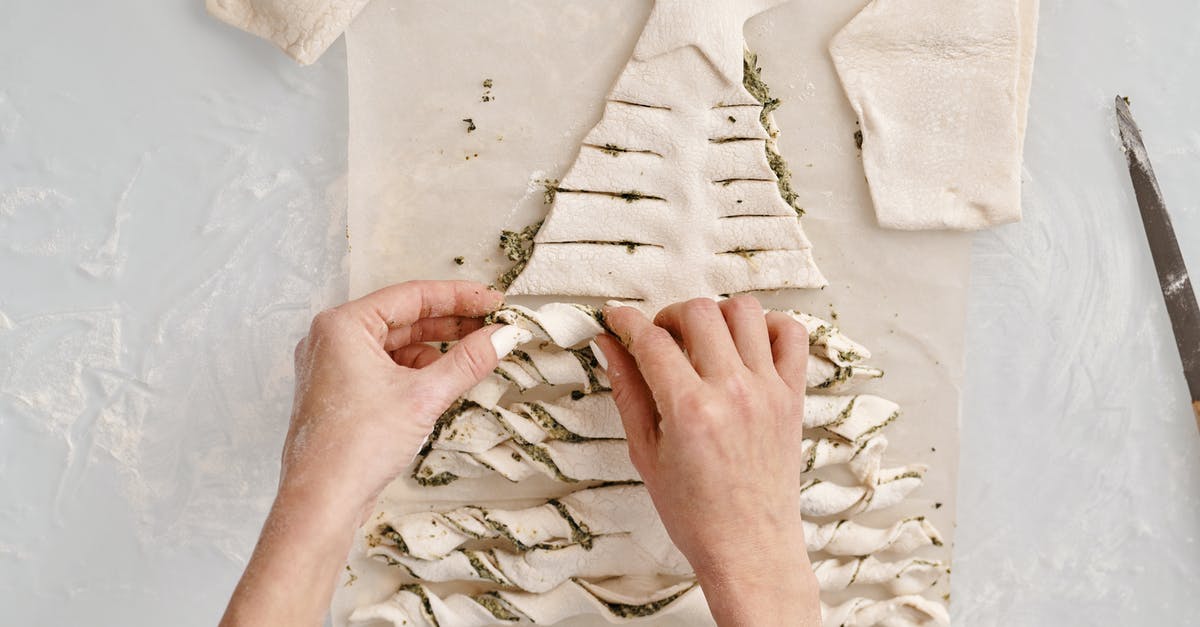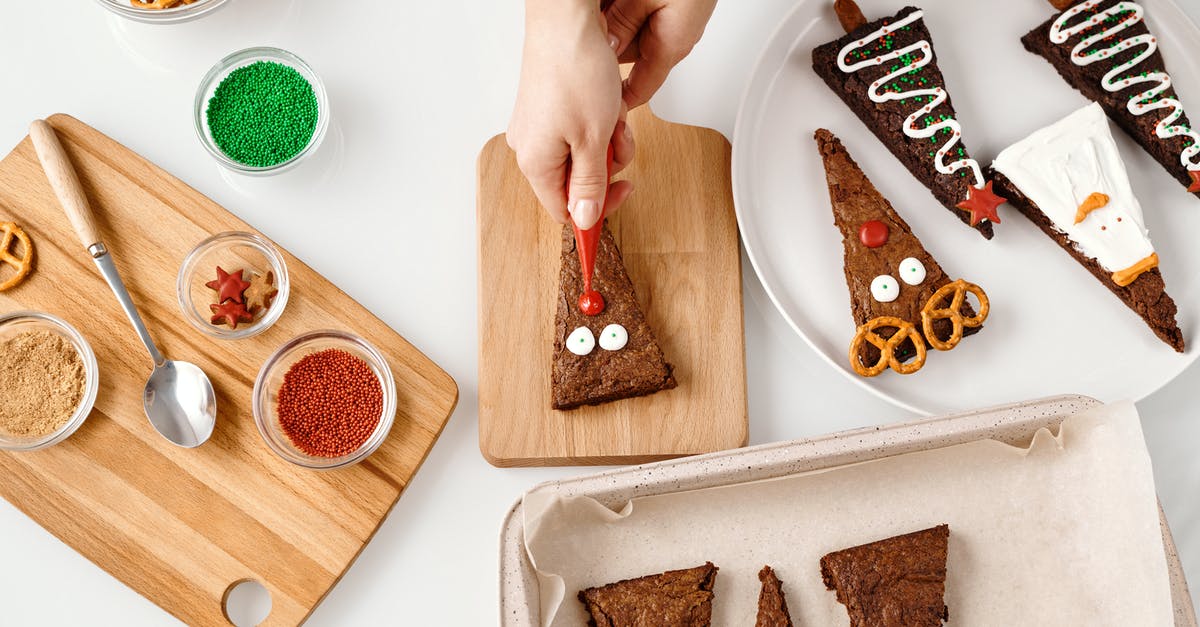Does shape affect pasteurization time when cooking sous vide?

Looking at Douglas Baldwin's charts for time to heat a piece of meat sous vide (table 2.2), a cylinder with diameter X heats through much faster than a slab with thickness X. This makes sense to me. The change in time needed can be quite drastic when you get to a larger X, though.
However, when looking at pasteurization times for beef (table 5.1), the shape of the meat doesn't seem to be taken in to account. I don't understand why not. Surely if the meat gets to temperature faster, it must pasteurize faster as well.
From the above tables, a 50mm (thickness) steak takes 3 1/4 hours to pasteurize at 134.5F. If it's a slab, it takes 3 1/2 hours to get to 133.5F through out. If it's a cylinder, it only takes 2 hours. Do I really need that additional 1 1/4 hours for pasteurization?
Can I adjust the pasteurization times for a different shape of meat? If so, how can I calculate what that change is and how much time I really need for pasteurization?
Best Answer
It depends on what is to be pasteurized. If one aims for pasteurizing the surface only, then the shape is more or less unimportant. If however one wants to pasteurize the core, then the shape will affect the times.
To be on the safe size, measure the thickness where the meat is thickest.
Myhrwold writes in http://forums.egullet.org/index.php?/topic/116617-sous-vide-recipes-techniques-equipment-2004-2010/page_st_120_p_982720#entry982720 about cooking times (not pasteurization times):
This is true for any kind of cooking actually. Most of what we are taught about cooking is actually wrong. For example, anytime somebody tells you it is “10 minutes per pound” they are saying something that cannot possibly be accurate, because this would imply that cooking time is proportional to the weight. If you take something like a whole bird and scale it up you will find that cooking time is actually proportional to something like (weight)^(2/3) – weight to the 2/3 power. This is because increasing the weight scales up the thickness by the cube root. Since most people are not accustomed to taking things to fractional powers, people substitute a linear relationship. That might work out OK in practice over a small range, but it can’t be accurate over a large range. For example, if you double the weight, the linear relationship would tell you that you double the cooking time. The 2/3 power would tell you to increase it by 59% - that is a pretty big difference.
As a general rule of thumb heat diffusion times go as the square of the thickness increase. So, doubling the thickness results in FOUR TIMES the cooking time. That is a rough general rule of thumb, which is not perfect but it illustrates the nonlinearity of the system. I don’t know why this isn’t taught to chefs more often because it is a fairly easy thing to grasp and use.
A side note:
If you have an iPad or iPhone then I can recommend SousVideDash. One must enter meat type, shape and size, initial and final temparature. Then graphs are drawn that shows pasteurization times for both surface and core (or more precisely graphs of the reduction of salmonella and listeria).
See the website:
Pictures about "Does shape affect pasteurization time when cooking sous vide?"



Does size matter in sous vide cooking?
There are two ways to cook sous vide, one is based on the thickness of the food and the other is based on the desired tenderness. A thicker steak takes longer than a thin steak, so when cooking based on the thickness of the food it is helpful to have a reference guide to fall back on.Does thickness affect sous vide cooking time?
The time it takes for the core of the food to reach the desired temperature in a sous-vide depends on the thickness, not on the weight. If it is twice as thick, it will take four times as long to heat all the way through.How long does it take to pasteurize sous vide?
55 \xb0C for 2 hours and 45 minutes.How long sous vide steak pasteurization?
How to Pasteurize with Sous VideAsk Jason How Do You Pasteurize Ground Beef With Sous Vide
More answers regarding does shape affect pasteurization time when cooking sous vide?
Answer 2
I hate answering food health questions, but for non-ground meats, I have heard that all of the risk of bacterial infection is occurs on the surface of the meat, making shape irrelevant. This is because the infection risk comes not from the handling of the meat, not the meat itself. (There's an exception for Kreuzfeld-Jacob disease, which you can get from non-ground roasts served on the bone, since that's where the prions concentrate.) For sous-viding ground meats (sous-vide and blowtorched burgers, yum!), you should be careful to cook for the full time, as ground meats can have bacterial issues (e. coli especially) all the way through.
Sources: Stack Exchange - This article follows the attribution requirements of Stack Exchange and is licensed under CC BY-SA 3.0.
Images: Nicole Michalou, Nicole Michalou, Nicole Michalou, Nicole Michalou
